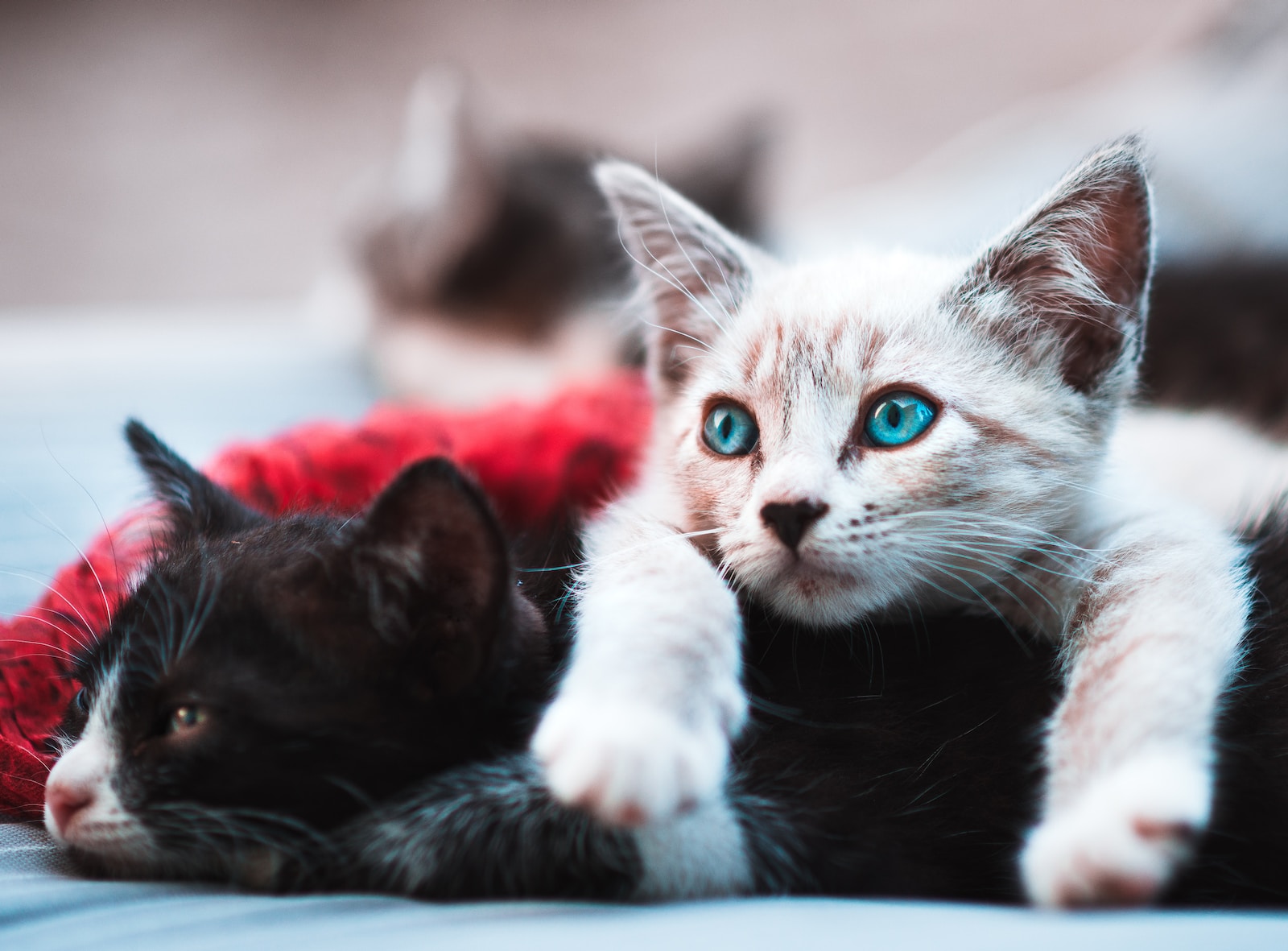![]()
Cats are beloved companions, and their well-being is of paramount importance to their owners. One health condition that can affect our feline friends is a liver shunt. In this article, we will explore what liver shunt in cats is, its types, symptoms, diagnosis, treatment options, and the importance of early detection.
Outline
- Introduction
- Understanding Liver Shunt in Cats
- Types of Liver Shunts in Cats
- Congenital Portosystemic Shunt
- Acquired Portosystemic Shunt
- Symptoms of Liver Shunt in Cats
- Diagnosis of Liver Shunt
- Treatment Options
- Dietary Management
- Medication
- Surgical Intervention
- Post-Treatment Care
- Preventing Liver Shunt in Cats
- Living with a Cat with a Liver Shunt
- Coping with the Emotional Stress
- When to Consult a Vet
- The Importance of Early Detection
- Success Stories
- Conclusion
- FAQs
Introduction
A liver shunt, technically known as a portosystemic shunt, is a condition where the blood flow in a cat’s liver is abnormal. This condition can be congenital (present at birth) or acquired (developed later in life). Liver shunts can lead to a range of health problems, making it crucial for cat owners to be aware of this condition.
Understanding Liver Shunt in Cats
To understand liver shunt, we need to know that the liver plays a vital role in processing nutrients, filtering toxins, and maintaining overall health. When a liver shunt occurs, blood bypasses the liver’s detoxification process, leading to a buildup of toxins in the body. This can result in various health issues for your cat.
Types of Liver Shunts in Cats
Congenital Portosystemic Shunt
Congenital liver shunts are present at birth and are often hereditary. These shunts are usually found in younger cats and can lead to stunted growth and neurological problems if left untreated.
Acquired Portosystemic Shunt
Acquired liver shunts, on the other hand, develop later in life due to liver disease or other health conditions. They can affect cats of all ages and may be reversible with proper treatment.
Symptoms of Liver Shunt in Cats
Identifying the symptoms of a liver shunt in your cat is crucial for timely intervention. Common symptoms include:
- Vomiting
- Diarrhea
- Weight loss
- Increased urination
- Behavioral changes
Diagnosis of Liver Shunt
If you notice any of the symptoms mentioned, it’s essential to consult a veterinarian. They will conduct various tests, including blood work, ultrasound, and specialized imaging, to diagnose the liver shunt accurately.
Treatment Options
Once diagnosed, your veterinarian will discuss treatment options based on the type and severity of the liver shunt. The options include:
Dietary Management
In mild cases, dietary changes may help manage the condition by reducing the workload on the liver. Specialized diets can aid in controlling symptoms.
Medication
Medications can be prescribed to manage specific symptoms and reduce the impact of the liver shunt on your cat’s health.
Surgical Intervention
In severe cases, surgery may be required to correct the shunt and restore normal liver function. This is often the most effective treatment for congenital shunts.
Post-Treatment Care
After treatment, your cat may require ongoing care, including medication, diet adjustments, and regular vet check-ups to monitor their progress.
Preventing Liver Shunt in Cats
While congenital shunts are hereditary and challenging to prevent, you can reduce the risk of acquired shunts by ensuring your cat’s overall health. Regular vet visits and a balanced diet can be beneficial.
Living with a Cat with a Liver Shunt
Caring for a cat with a liver shunt can be challenging, but it is possible with the right treatment and support. Your cat can lead a happy and fulfilling life with your care and attention.
Coping with the Emotional Stress
Dealing with a cat’s illness can be emotionally taxing. Reach out to support groups or professionals to help you manage the stress and anxiety associated with your cat’s condition.
When to Consult a Vet
If you suspect your cat might have a liver shunt or notice any abnormal behavior, consult your veterinarian promptly. Early detection and treatment are essential for the best outcome.
The Importance of Early Detection
Early detection of liver shunts can significantly improve your cat’s prognosis. Regular vet check-ups can catch the condition before it becomes severe.
Success Stories
Many cats with liver shunts go on to lead happy, healthy lives with the right treatment and care. These success stories provide hope and inspiration to cat owners facing similar challenges.
Conclusion
In conclusion, understanding liver shunt in cats is crucial for cat owners. Timely diagnosis and appropriate treatment can make a world of difference in your cat’s quality of life. Keep a close eye on your feline friend’s health, and if you suspect any issues, don’t hesitate to consult your veterinarian.
FAQs
- Can a liver shunt in a cat be cured?
- The outcome depends on the type and severity of the shunt. Congenital shunts may require surgery, while acquired shunts can sometimes be managed with medication and diet.
- Is liver shunt hereditary in cats?
- Congenital liver shunts are often hereditary, while acquired shunts can be caused by other health conditions.
- How can I prevent liver shunts in my cat?
- While congenital shunts are challenging to prevent, maintaining your cat’s overall health through regular vet check-ups and a balanced diet can reduce the risk of acquired shunts.
- Are there support groups for cat owners dealing with liver shunts?
- Yes, there are support groups and professionals who can help cat owners cope with the emotional stress of managing a cat with a liver shunt.
- What is the success rate of liver shunt surgery in cats?
- The success rate of surgery varies depending on the individual cat’s condition and the type of shunt. Your veterinarian can provide more specific information based on your cat’s case.
